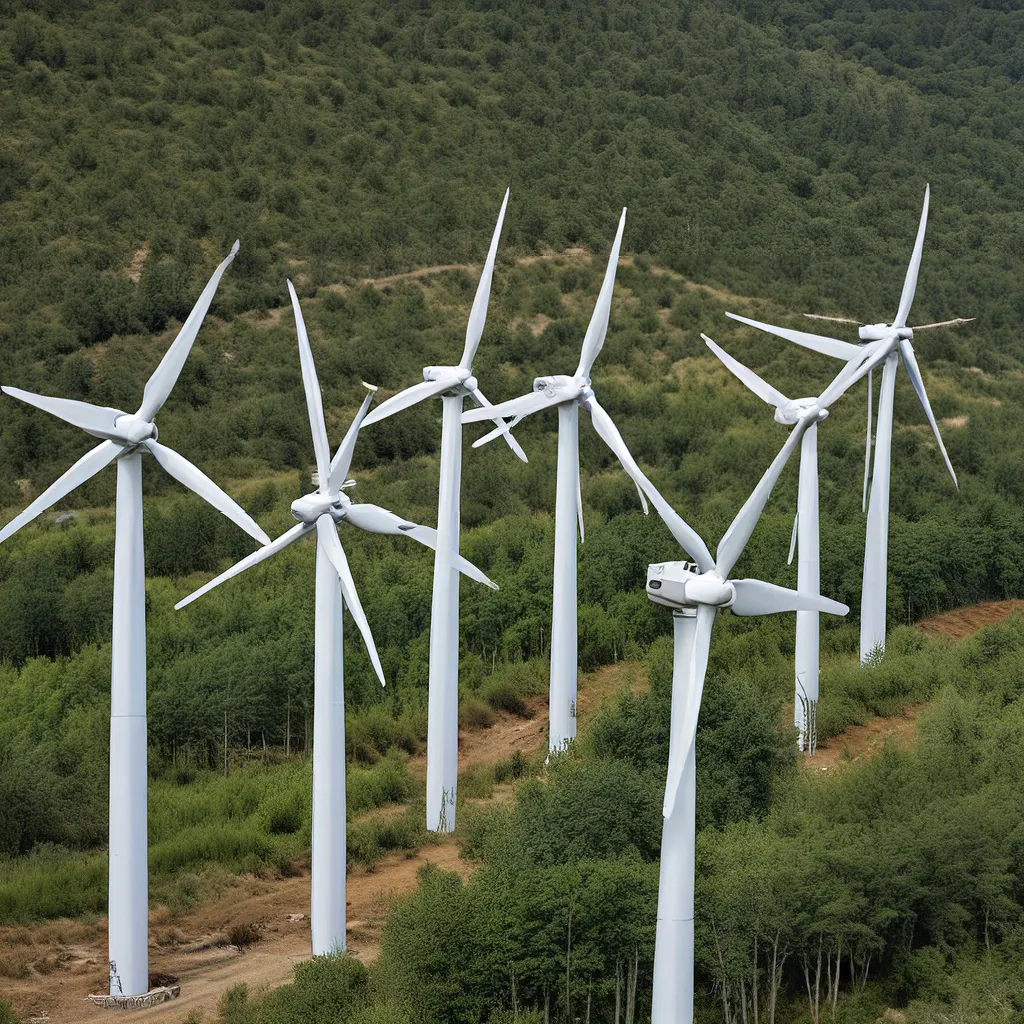
Adrift in a Sea of Change
Have you ever felt adrift, unsure of which way to turn as the world around you transforms at a dizzying pace? Well, that’s precisely how I’ve been feeling lately as I’ve watched the global energy landscape shift beneath my feet. It’s like we’re all on this giant ship, heading towards an uncertain future, and the captain just handed the wheel over to a bunch of kids.
But you know what? I’m not going to sit back and let the winds of change buffet me about. No, siree! I’m going to grab the wheel and chart my own course towards a more sustainable tomorrow. And I’m inviting you to join me on this adventure, because trust me, the path ahead is going to be anything but boring.
The Fossil Fuel Fallout
For far too long, we’ve been in the thrall of fossil fuels – those dirty, carbon-belching behemoths that have dominated the energy market for centuries. But the times, they are a-changin’. The World Bank has made it clear that the global shipping industry, which is responsible for around 3% of the world’s greenhouse gas emissions, needs to get on board with the decarbonization movement.
And you know what? The same goes for the rest of us. We can’t keep relying on fossil fuels to power our lives – it’s simply not sustainable in the long run. But don’t worry, my friends, because the renewable revolution is upon us, and it’s time to set sail for a brighter, cleaner future.
Charting a Course with Renewables
So, what does this renewable realignment look like? Well, according to the research, it’s not just about having access to renewable resources like solar and wind power. It’s also about the policy choices we make as a society.
You see, the role countries are going to play in this decarbonized energy landscape isn’t just going to be determined by their natural resources. It’s also going to be shaped by the decisions that their leaders and policymakers make. And let me tell you, those decisions are going to be critical.
Navigating the Zero-Carbon Horizon
One of the key developments that’s got me all kinds of excited is the emergence of zero-carbon bunker fuels for the shipping industry. According to the World Bank, ammonia and hydrogen are the most promising options right now. These fuels can be produced using renewable electricity or natural gas with carbon capture and storage (CCS) technology – and that’s music to my ears.
Just imagine it – ships zipping across the high seas, fueled by clean, sustainable energy sources that don’t spew harmful emissions into the air. It’s like a dream come true, right? But the best part is that this is no longer just a pipe dream. The World Bank reports that these zero-carbon bunker fuels are expected to enter the global fleet and scale up rapidly from 2030 onwards, helping the shipping industry achieve its goal of slashing greenhouse gas emissions by at least 50% below 2008 levels by 2050.
Weathering the LNG Storm
Now, I know what you’re thinking – what about liquefied natural gas (LNG)? Surely that’s got to be a viable option for the transition, right? Wrong. According to the World Bank, LNG is unlikely to play a significant role in decarbonizing maritime transport. Instead, it’s more likely to be used only in niche applications, like on pre-existing routes or in specific vessel types.
The problem with LNG is that even though it’s cleaner than traditional bunker fuels, it still emits greenhouse gases. And the report found that the potential for using liquefied biomethane or liquefied synthetic methane as zero-carbon alternatives that could reuse existing LNG infrastructure is limited.
So, if LNG isn’t the answer, what is? Well, that’s where those zero-carbon bunker fuels like ammonia and hydrogen come back into the picture. These fuels offer a much more promising path forward, and the World Bank believes they’ll be rapidly scaling up from 2030 onwards.
Seizing the Opportunity
But you know what’s really exciting? The World Bank report also highlights that this transition to zero-carbon bunker fuels presents a unique business and development opportunity for developing countries with large renewable energy resources or natural gas supplies.
Just imagine a world where countries like Brazil, India, Malaysia, and Mauritius could tap into an estimated $1 trillion future fuel market, all while modernizing their own domestic energy and industrial infrastructure. It’s like a win-win-win situation, and I, for one, can’t wait to see how it all plays out.
Navigating the Choppy Waters Ahead
But of course, this transition isn’t going to be smooth sailing. There are still a lot of challenges and uncertainties to navigate. For starters, there’s the question of which zero-carbon bunker fuels will ultimately emerge as the most significant in replacing fossil fuels.
And then there’s the issue of policy. The World Bank report makes it clear that strategic policy interventions, like the introduction of a meaningful carbon price, will be crucial in helping to drive this transition forward.
Charting a Course for a Sustainable Future
But you know what? I’m not daunted. In fact, I’m more excited than ever to be a part of this renewable realignment. Because let’s face it, the status quo just isn’t cutting it anymore. We need to chart a new course – one that leads us towards a more sustainable future.
And that’s where Plug & Save Energy Products comes in. We’re not just a company that sells energy-saving products – we’re a movement, a community of people who are committed to making a difference. And we want you to join us on this journey.
So, what do you say? Are you ready to set sail for a brighter, cleaner tomorrow? Because if you are, then let’s get started. The wind’s at our backs, and the horizon is calling. Let’s go!